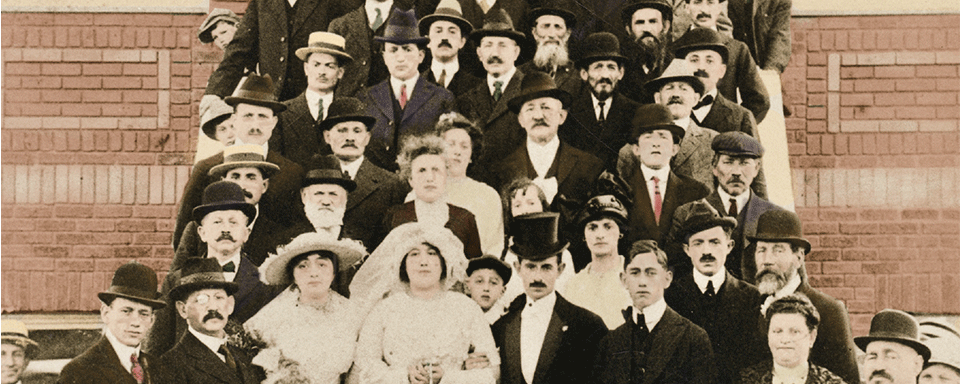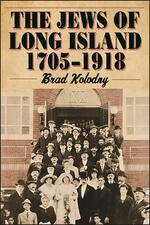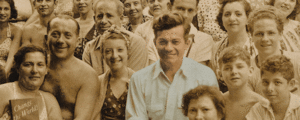
Uncovering Long Island's Earliest Jewish History
Guest Post by Brad Kolodny (SUNY Press Author)
The Jews of Long Island 1705-1918 is my second book, and I am so pleased to have it published by SUNY Press. My first book, Seeking Sanctuary: 125 Years of Synagogues on Long Island, took me on a four-year journey documenting every Jewish house of worship, past and present, in Nassau and Suffolk counties. I embarked on a book tour following its release in June 2019 and was frequently asked during Q&A what my next book would be about. My response was firm that there would be no second book. I was pleased with how Seeking Sanctuary had been received and I didn’t think there was another topic that would spark my interest to the point of committing to another long-term project. Then in March 2020 the coronavirus pandemic hit and I found myself with extra time on my hands. I still had my day job, but not commuting into New York City gave me the opportunity to dig into another aspect of Long Island Jewish history.
Countless hours of archival research into census records, birth/marriage/death certificates, military registrations, passport applications, old newspapers, and more yielded a bounty of content that led to identifying thousands of early Long Island Jewish individuals by name. In addition, these paper trails enabled me to paint a picture of the when, how, and why Jews moved to Long Island, how they earned a living, and their religious communal gatherings. During the late 19th and early 20th centuries Jews worked as peddlers, tailors, store owners, farmers, and factory workers. They put down roots in 75 different towns from Great Neck to Greenport and Cedarhurst to Sag Harbor. Synagogues had been established in a dozen villages by 1918.
Seeking Sanctuary featured many untold details and long forgotten facts about the history of synagogue buildings in Nassau and Suffolk counties that genuinely fascinated people. The history of Judaism on Long Island was something that had not been covered in any great detail before and sales of the book proved to me there was widespread interest for this type of little-known information. With a thirst for knowledge about the history of synagogue buildings I surmised there would be an equal, if not greater, desire by readers to learn about the experiences of the earliest Jewish families who headed east from New York City to settle on Long Island.
So why stop at 1918? The Jewish population of Long Island grew substantially following World War I and at an even more dizzying pace after World War II, with sprawling new housing developments available in suburbia. I felt the need to do a deep dive into the period of time before the post war population explosions in order to get at the root of how the Jewish communities in Nassau and Suffolk counties formed and evolved. Today Long Island is the 4th largest Jewish community in the United States (after NYC, LA, and south Florida) with over 300,000 Jewish residents. With the publication of The Jews of Long Island 1705-1918 I am proud to bring new information to light about the period when Judaism on Long Island was born through its infancy.
Brad Kolodny is president and founder of the Jewish Historical Society of Long Island and the author of The Jews of Long Island 1705-1918 with SUNY Press and Seeking Sanctuary: 125 Years of Synagogues on Long Island.
Brad will be celebrating the release of The Jews of Long Island at the Midway Jewish Center on March 6th. Please see the SUNY Press events calendar for details.


